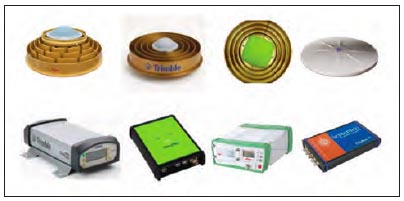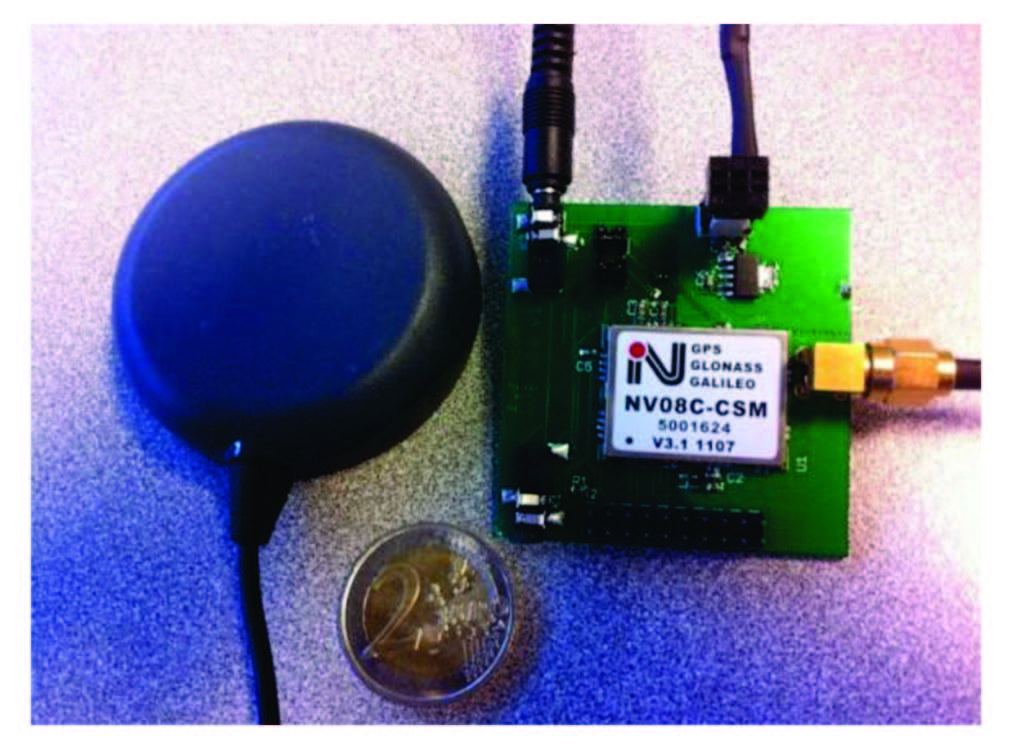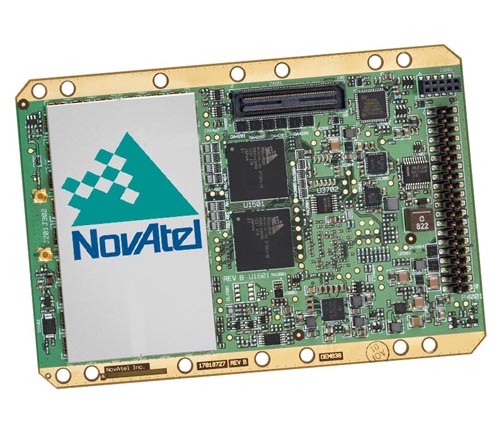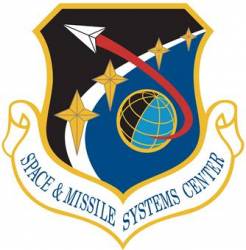DoT Moves Ahead with V2V Plans for Smart Cars
 Anthony Foxx, U.S. Secretary of Transportation
Anthony Foxx, U.S. Secretary of TransportationThe U.S. Department of Transportation’s (DoT) National Highway Traffic Safety Administration (NHTSA) announced today (February 3, 2014) that it will begin taking steps to enable vehicle-to-vehicle (V2V) communication technology for light vehicles.
This technology would improve safety by allowing vehicles to "talk" to each other and ultimately avoid many crashes altogether by exchanging basic safety data, such as speed and position, 10 times per second.
By Inside GNSS




























